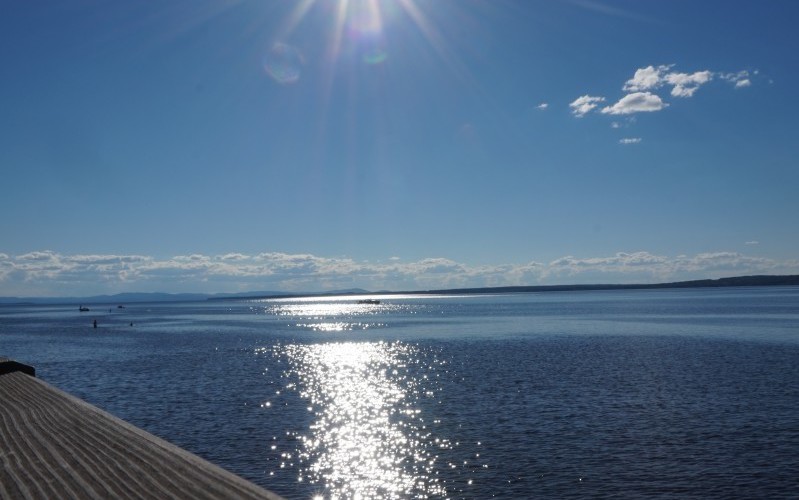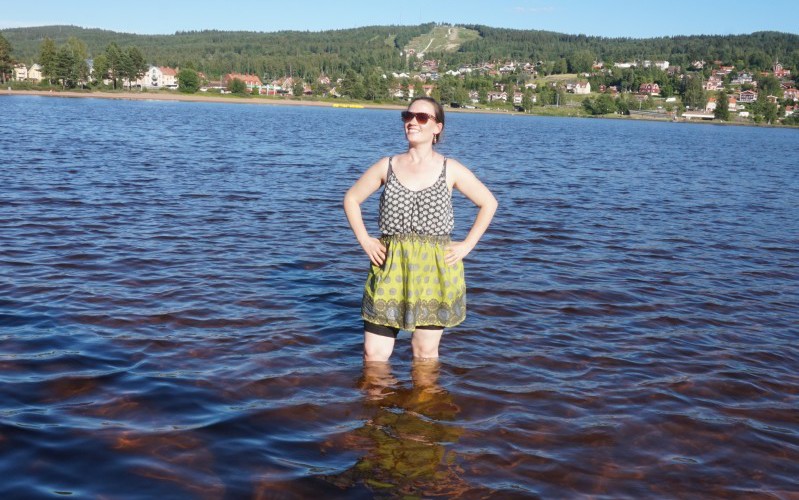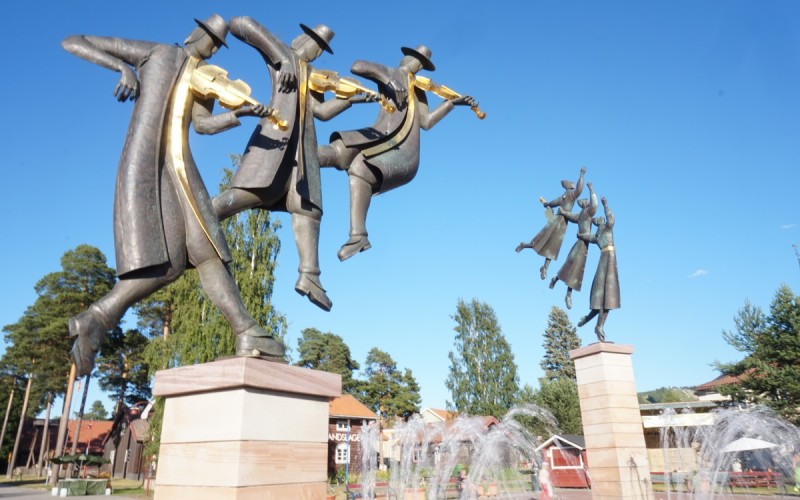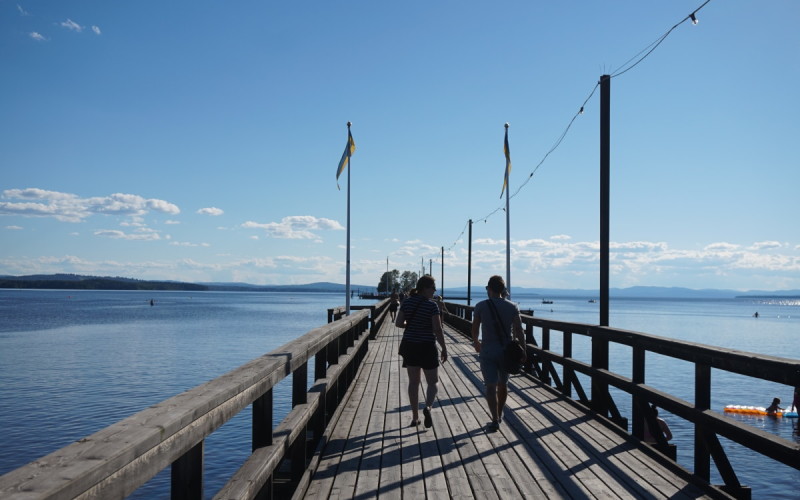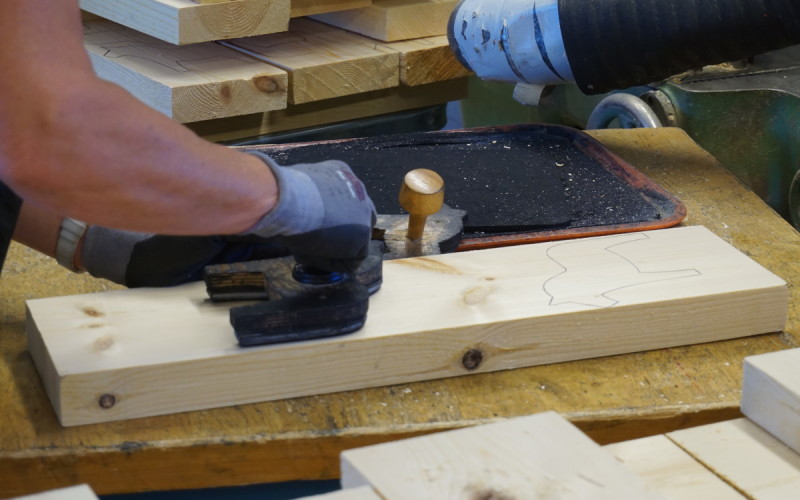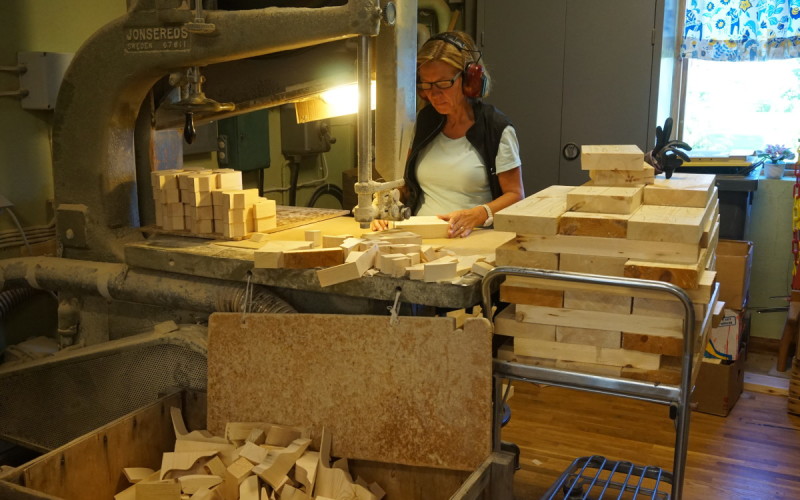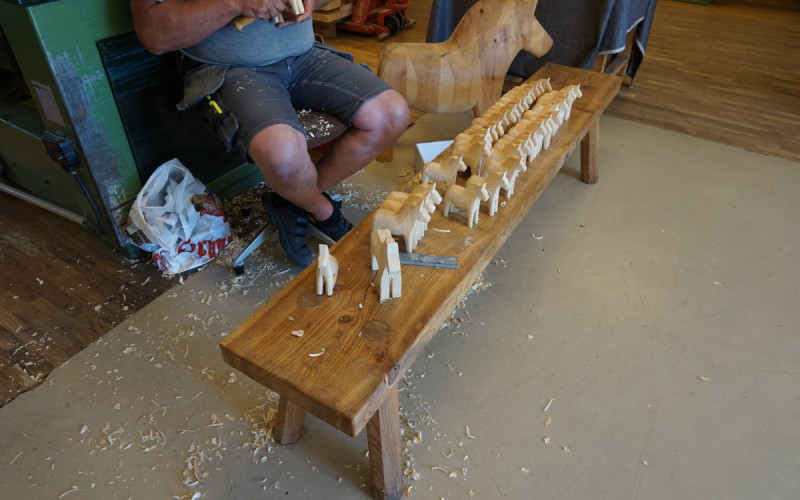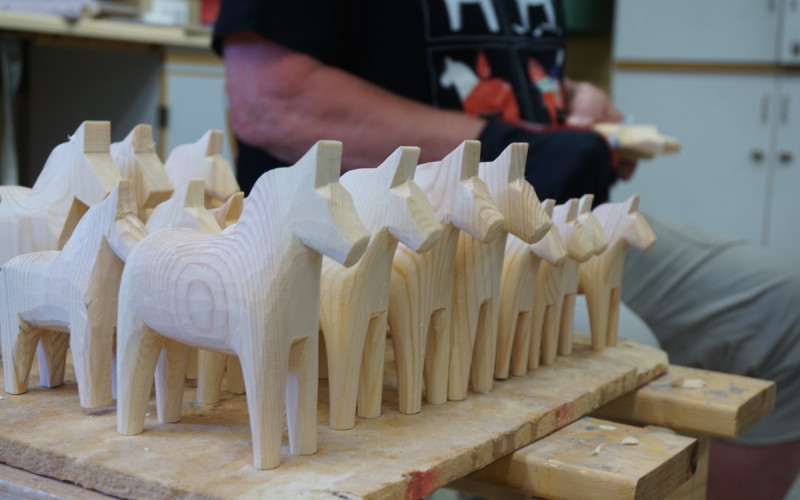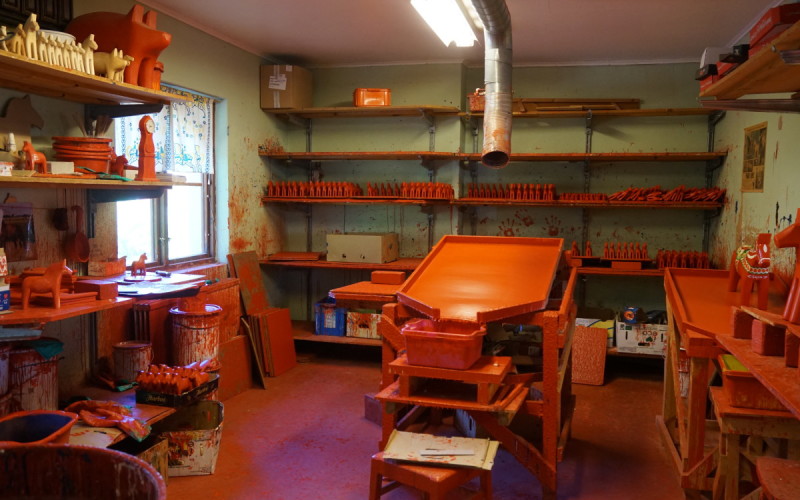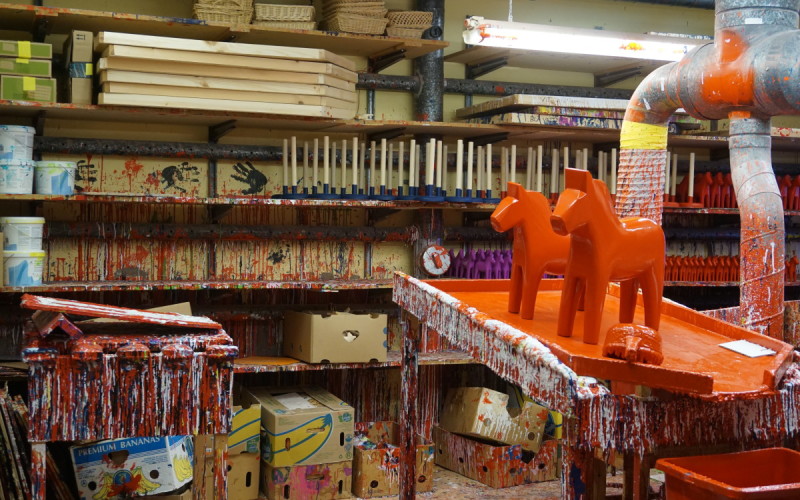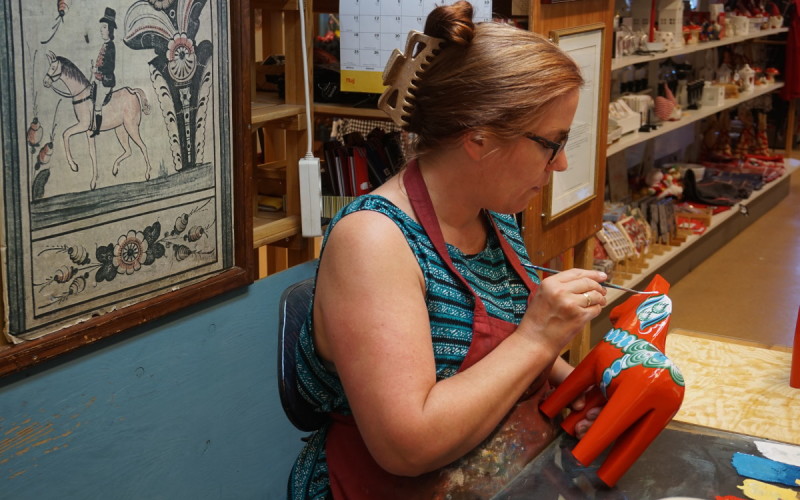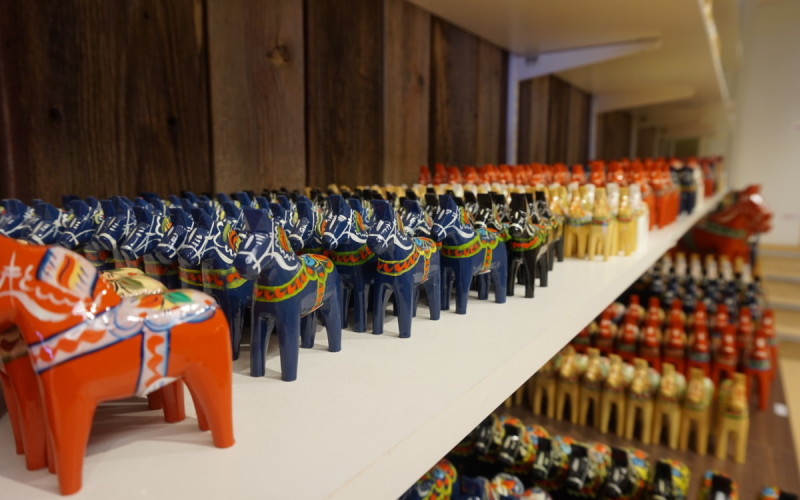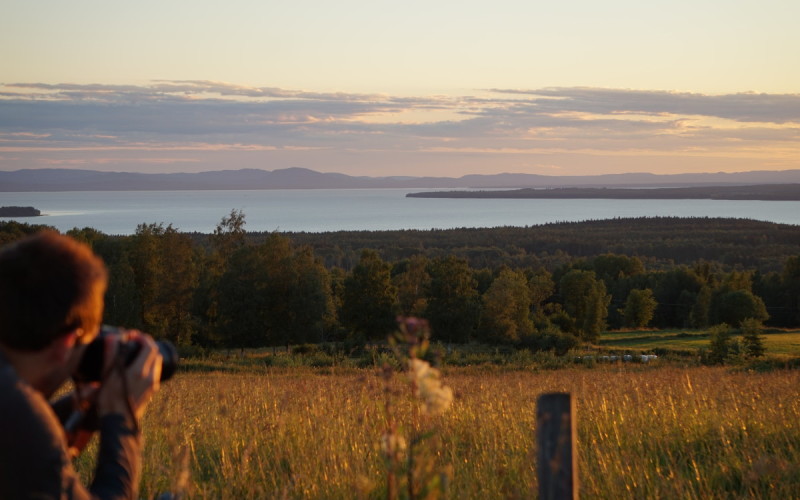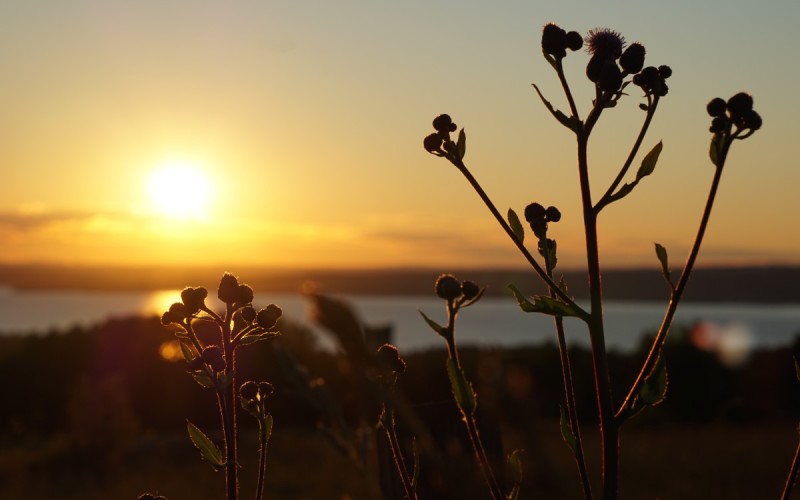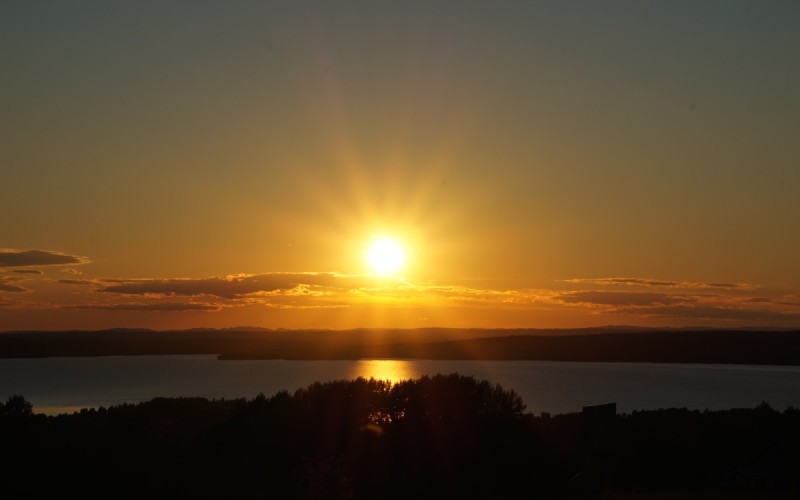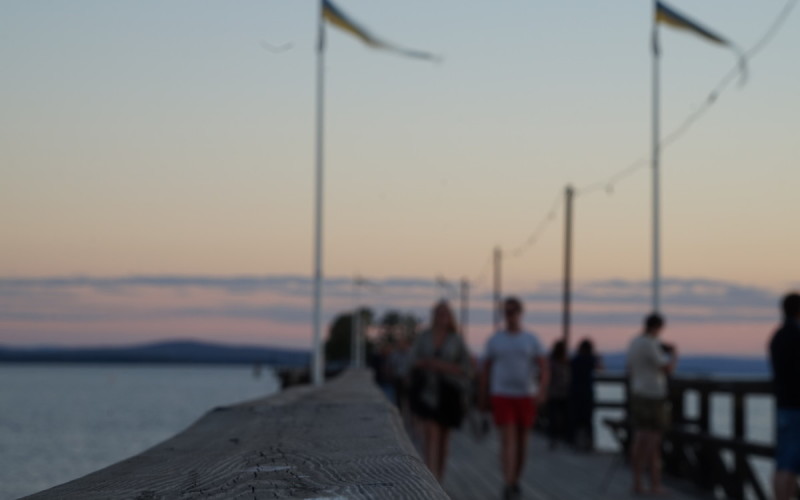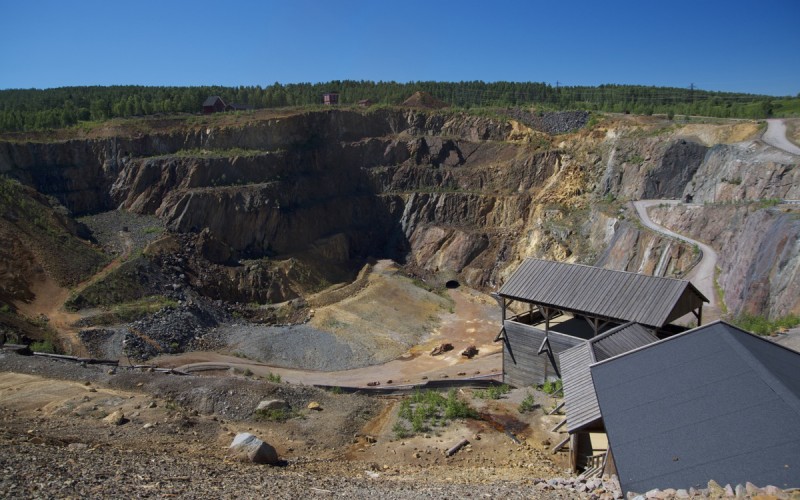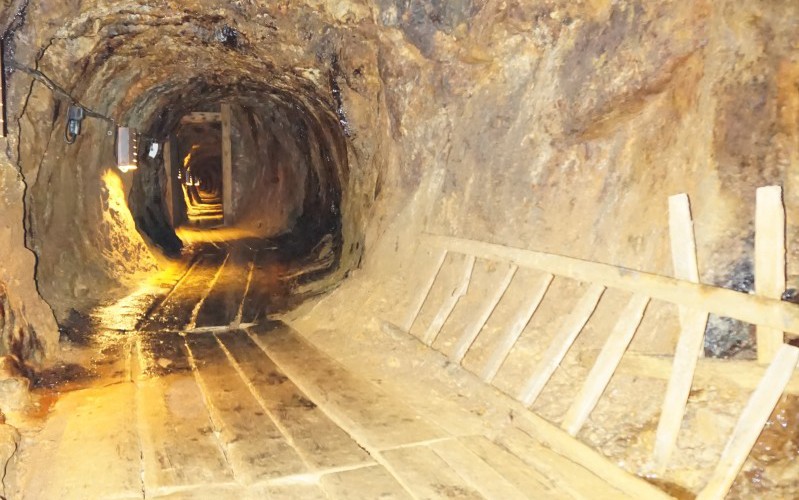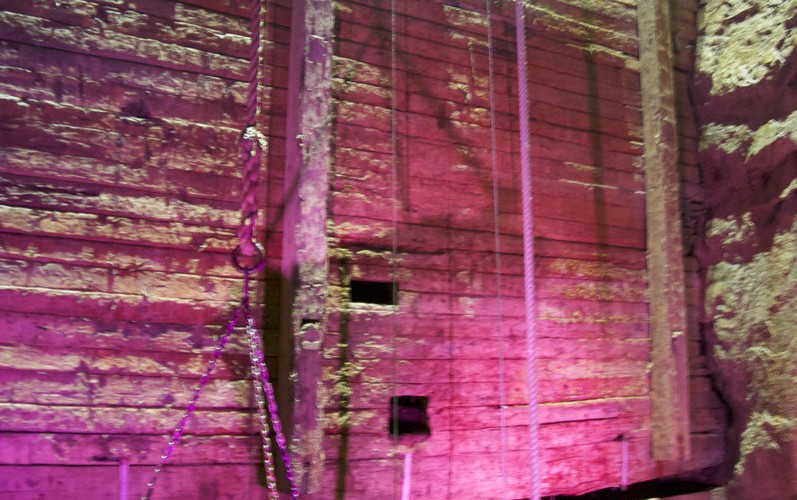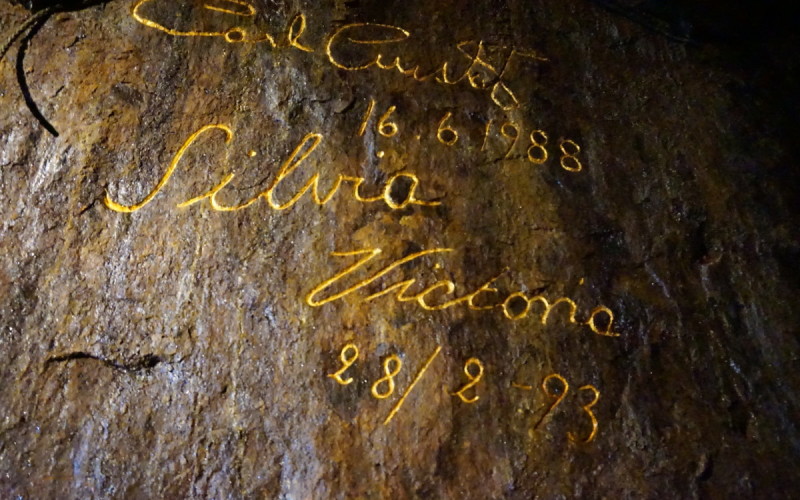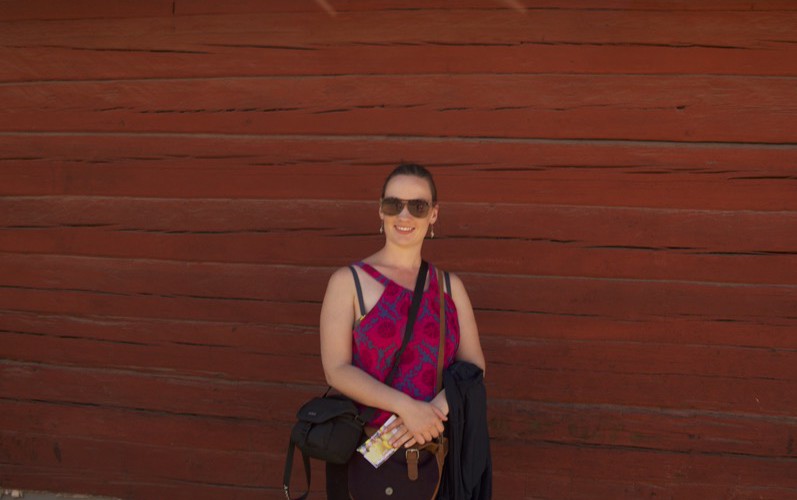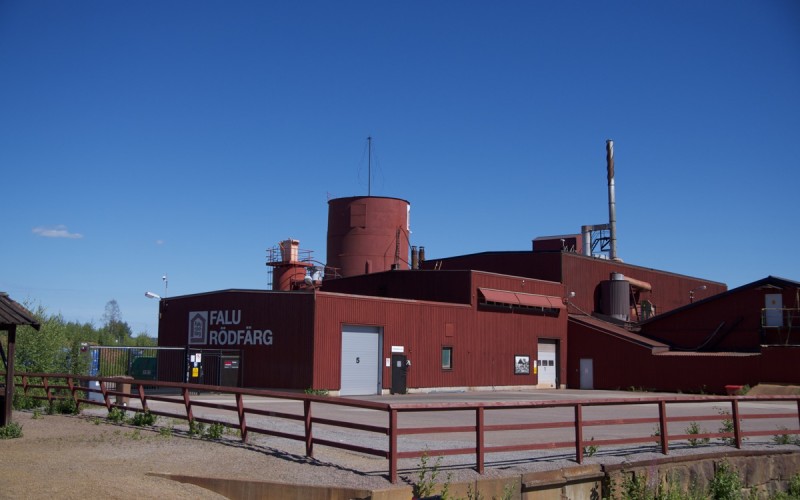Overnight Escapes From Stockholm: Dalarna & Falun
While Stockholm has so much to offer and is a perfect short-break destination, you don’t have to travel far from the city to make even more of Sweden – as we have been finding out this summer…
In July, we decided to take a short break in Dalarna (primarily in pursuit of the famous Swedish Dala horse) and found that this overnight escape could be done in a short space of time (1 overnight stay) and on a budget(!) So we’ve put to together an itinerary for you to make the most of your time in Sweden – whether you live here or you are just visiting.
Day 1: Head towards Rättvik
This was a beautiful scenic drive for us through the Swedish countryside – hiring a car is super easy in Sweden and probably more cost effective if you are in a group – but you can also get direct trains from Stockholm or Uppsala to Rättvik.
Rättvik is a great place to be based – especially during peak season. Lake Siljan is vast and stays shallow for quite a distance beyond the shore (as you can see below). There are several restaurants, local souvenir shops, cafes and restaurants in the town to choose from, as well as some great value accommodation.
Where to stay
If you want to get more from your budget and you are travelling over the summer months, camping is a great option. But don’t worry… you don’t need to carry around all your own gear – opt for a simple cabin or hostel (we had a cabin for 4 with shared bathroom & kitchen facilities and at less that 600 kr for 3 of us – it was a real bargain)! We stayed at Rättviks Camping & Hostel which was perfect for a short break.
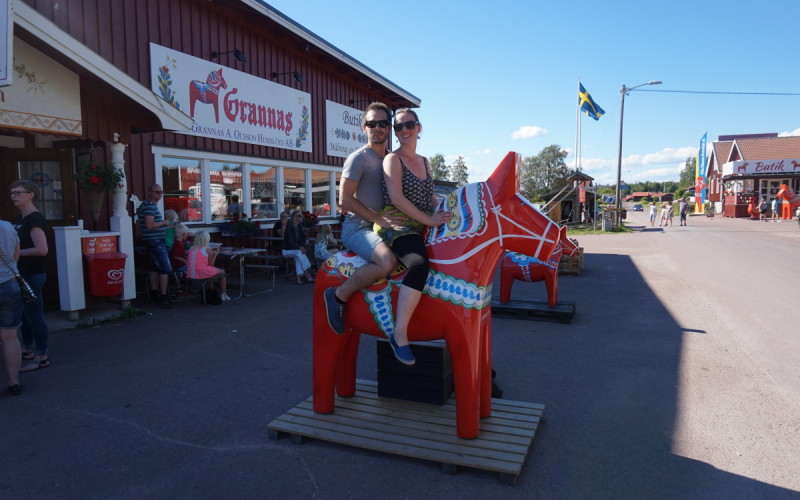 Visit the Dala Horse Factory
Visit the Dala Horse Factory
Probably Sweden’s most iconic statuette – the Dalecarlian horse or Dala horse (Dalahäst in Swedish) originates in the region of Dalarna and today, the traditional carved and hand-painted horses are made in Nusnäs – a short drive from Rättvik – and yes, a car is better for this but not impossible on public transport (take a train from Rättvik to Mora and then a bus to Nusnäs).
There are several factories and companies on the same street, with probably the most famous being Nils Olssen Hemslöjd – a family run establishment that dates back to 1928, when two brothers, aged just 13 and 15 at the time, took out a bank loan of 400 SEK to buy their first bandsaw – and so the first wooden horse factory was opened. Visiting the various factories to watch local craftsmen and women at work is completely free and provides a great insight into the many various stages of creating a single Dala horse. And while the horses themselves don’t come cheap, the work that each hand-crafted product entails certainly helps you to appreciate their value.
Why the horse?
The tradition of carving horses dates back to the 17th century when woodcutters would spend the long winter nights in log cabins, deep in the forest. Sitting by the light and warmth of the fire, and using only a simple knife-like tool, they would carve out figurines of the horse – their most valuable and prized possession – to take home as toys for their children.
It was more fascinating than I had imagined to learn the deep history and tradition that surrounds the Dala horse and why it has become such an iconic symbol for Sweden – both here and around the world.
An Evening In Rättvik
After exploring Nusnäs and the Dala horse factories, an evening in Rättvik was the perfect way to spend a summer evening. A walk up the surrounding hills gave us these incredible sunset views, followed by a late night stroll along the pier.
Day 2: A visit to Falun & Sweden’s Copper Mine
We planned to see as much as possible on our overnight away from Stockholm so on the way back from Rättvik, we stopped in Falun to visit Falu Gruva – one of the world’s oldest Copper Mines & a UNESCO world heritage site.
Entry to Falu Gruva was around 200SEK for adults – which isn’t super expensive for Sweden, and it was definitely worth it. Having operated for a millennium, from around the 10th Century until 1992, and being responsible for producing two-thirds of the world’s copper at various points in time, Falu Gruva tells a fascinating story. Apart from copper, the famous Swedish sausage ‘Falu Korv’ was originally made here, as well as the iconic red paint that many Swedish houses and farm buildings are coated with (and this original paint is still made onsite today).
The entry ticket includes an hour-long guided tour (in English once or twice per hour in peak season) and access to the museums, all the original buildings showcasing how the mine functioned, an array of craft shops, a mini overground-train ride (great for kids) and access to the trails around the mining site. It definitely needs at least a half-day to make the most of Falu Gruva – if not a little longer.
- A millennium of copper mining
- Tunnels as far as the eye can see
- What was the quickest way of getting in and out of the mine
- Royal Visitors
- Iconic red paint
- Swedish Red Paint Factory – Still In Operation
Falun would also make a great day trip from Stockholm. If you have time, the home of Swedish painter – Carl Larsson – is also in Falun – but we were so engrossed in Falu Gruva that we didn’t get to it on this overnight escape. Maybe next time…
Content with our overnight Swedish adventure, we headed back to Stockholm (stopping part-way for an obligatory Swedish swim in a lake) while on the way planning our next Swedish adventure….
And if you're planning on visiting Stockholm any time soon, Booking.com has some great deals on hotels in and around the city. Highly recommended!
